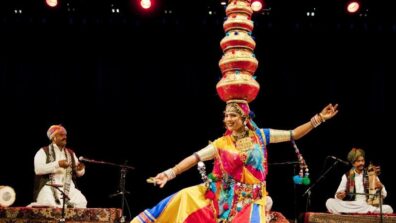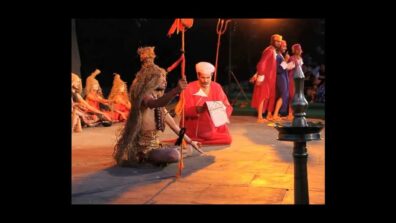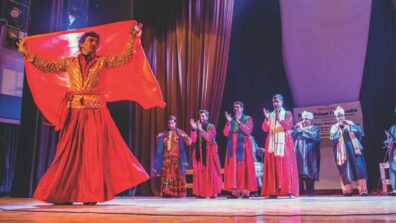Folk Theatre
Bhavai: Folk Theatre of Gujarat
Bhavai is a popular folk theatre form in Gujarat with a 700-year old history. The word Bhavai derives its meaning from a combination of two words—bhav meaning emotion, and vahini meaning carrier—thus it is named as an art form which is a carrier of emotions. Bhavai’s original aim was mass awareness and entertainment; hence it evolved to have an open-air style, with simple storylines and exaggerated acting. One night of performance includes several skits being performed and these small skits are called vesha. Music, dance, and vernacular humour are highlights of any Bhavai vesha | Click Here...
Bhand Pather: The traditional folk theatre in Kashmir
It belongs to the oral tradition in which the scripts are handed down from one generation to the other following Guru Shishya Parampara. Only the scripts and the themes of the theatre remains old, the performances are always new as it is manifested in the new space and time. The plays of the Bhands are called pather, a word that must have been derived from Patra, a dramatic character. Bhand comes from the Bhavana, a satirical and realistic drama that is generally a monologue. It has been mentioned in Bharata's Natya Shastra too. The bhand actors are skill-fully roped in the pl | Click Here...
How Folk Theatre connected people
The peculiar feature of folk theatre used to be its association with the regional language and artists. Songs sung in this theatre across India were Natya Sangeet in Maharashtra, Paatu in Tamilnadu, khayal in North India and Isai of Isai Nakadam. These folk songs are based on old theatrical style marked by Raga and Tala and high pitch voice that reaches higher octave whenever needed. In earlier days actors had to sing during their performances to convey their emotions. For all-night dramas, open-air a performances were held for different situations especially during festivals. Voice | Click Here...



